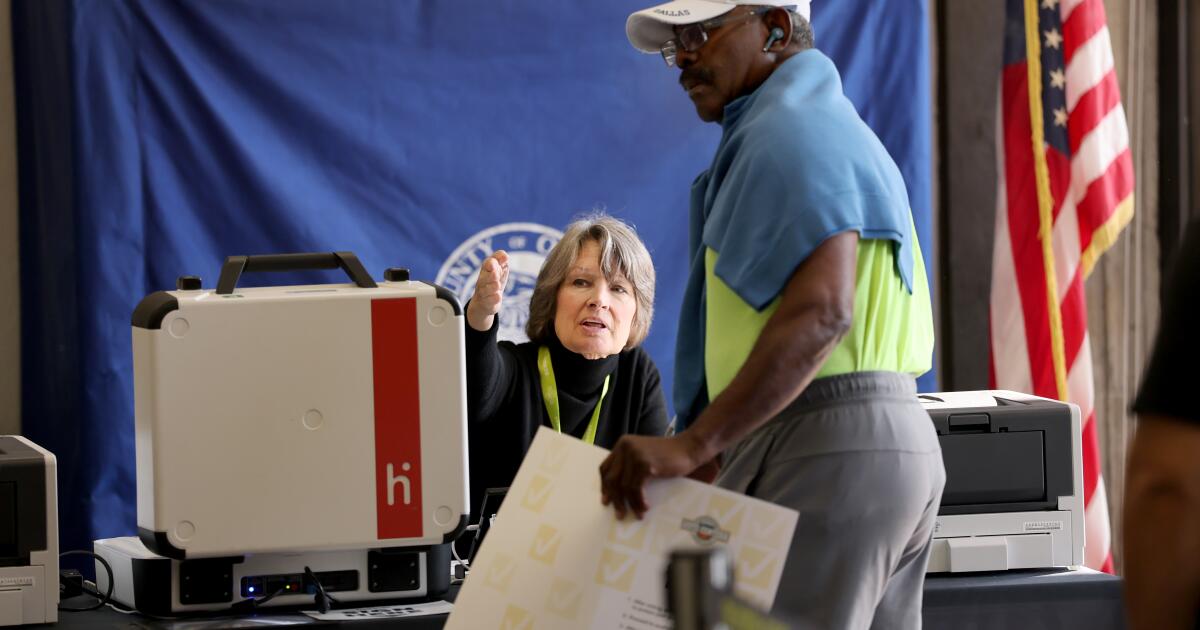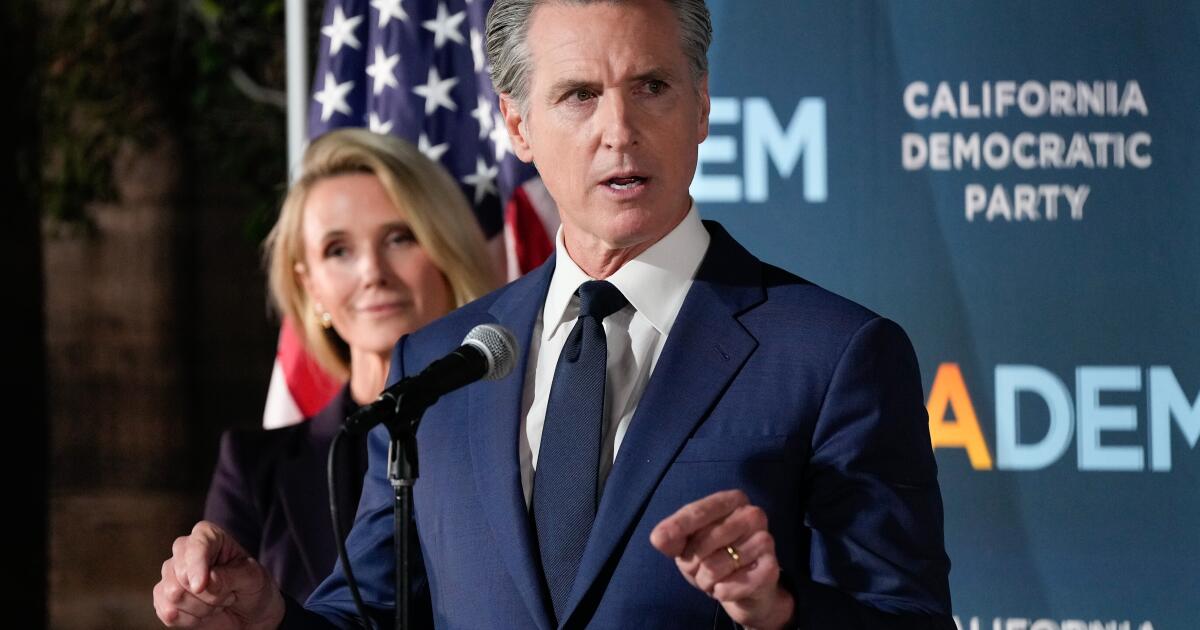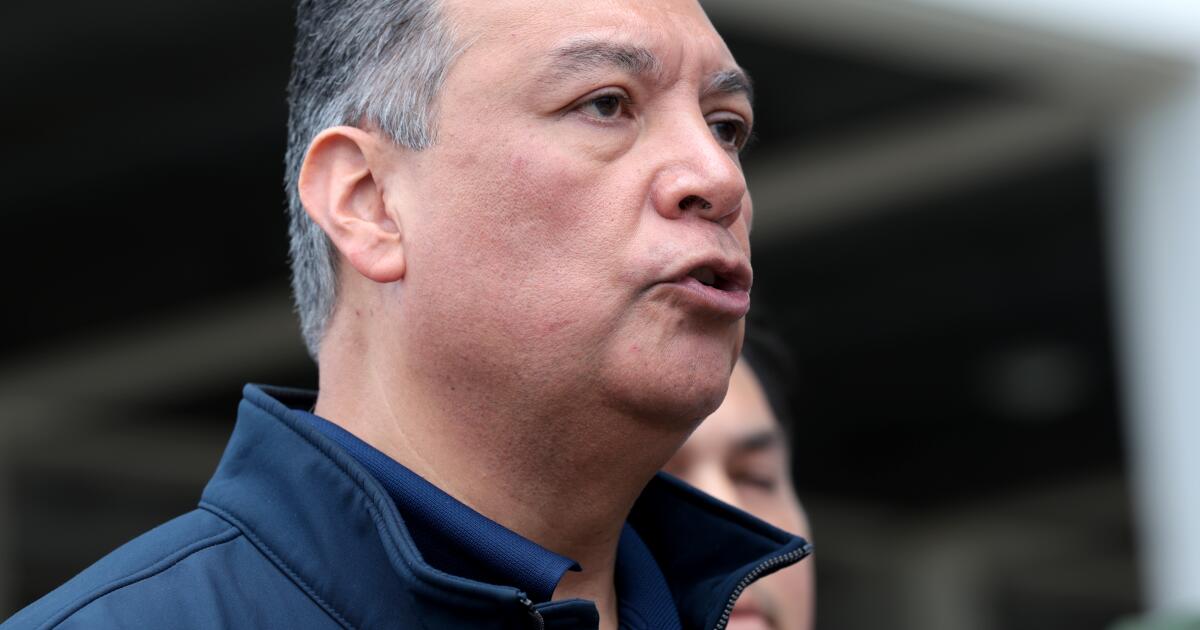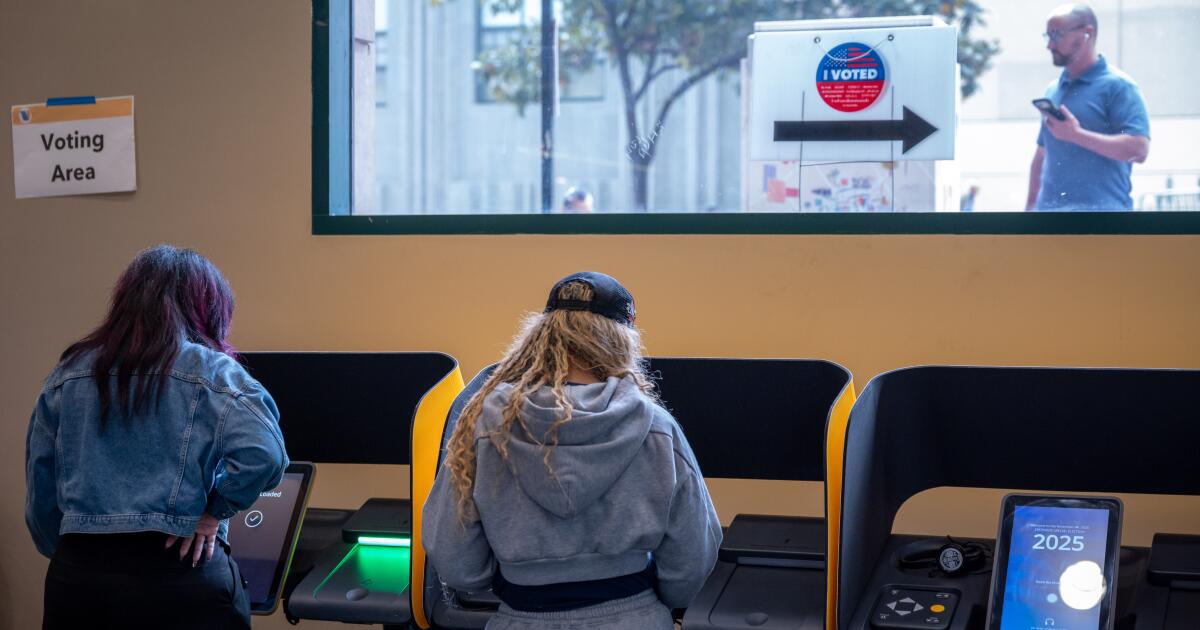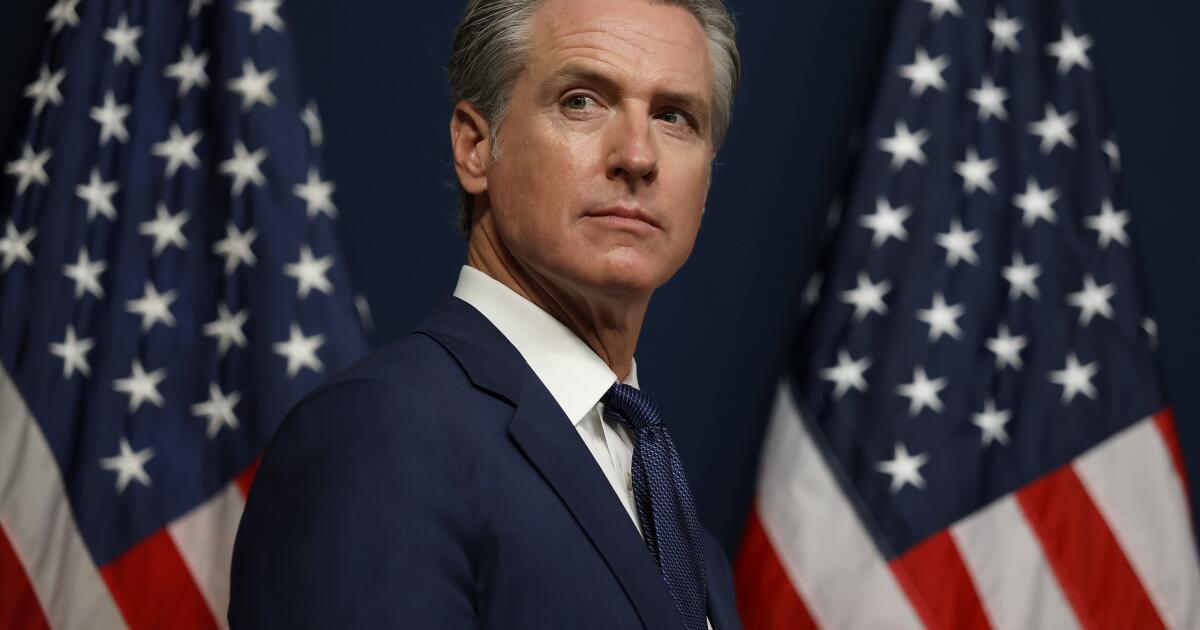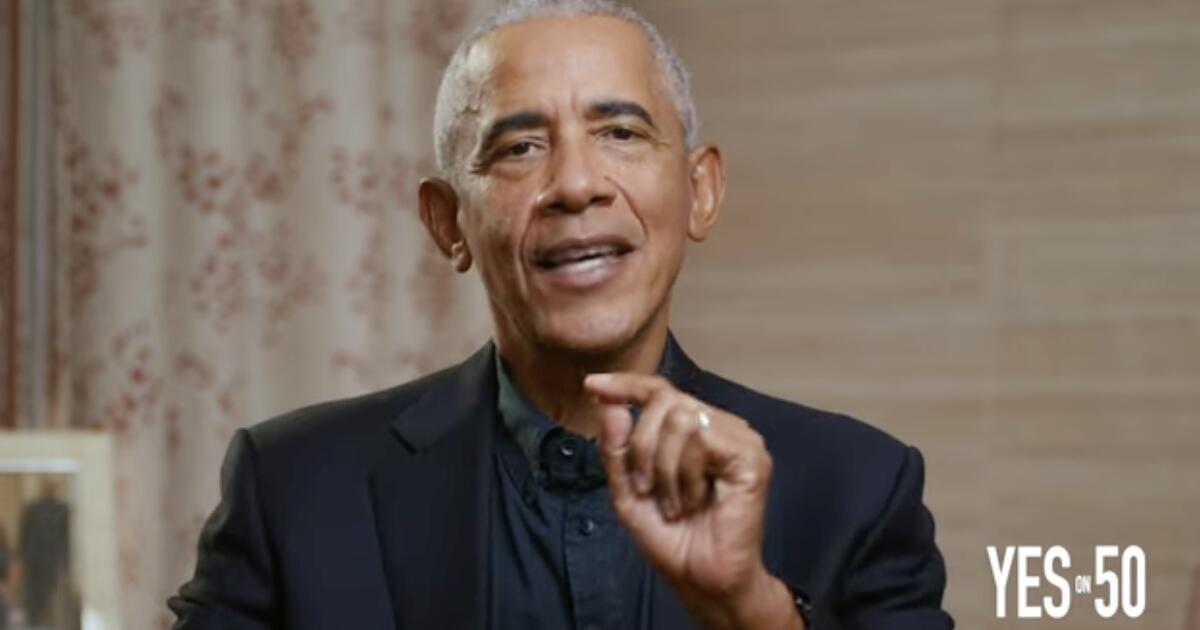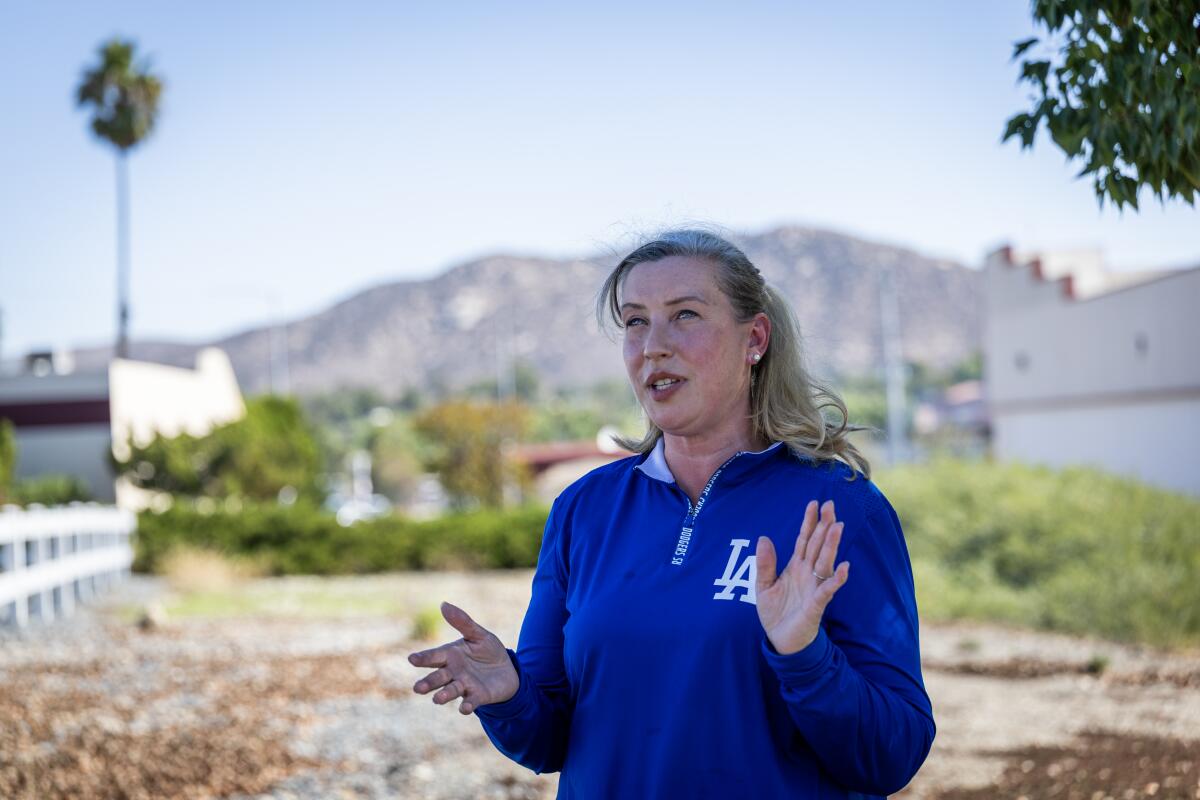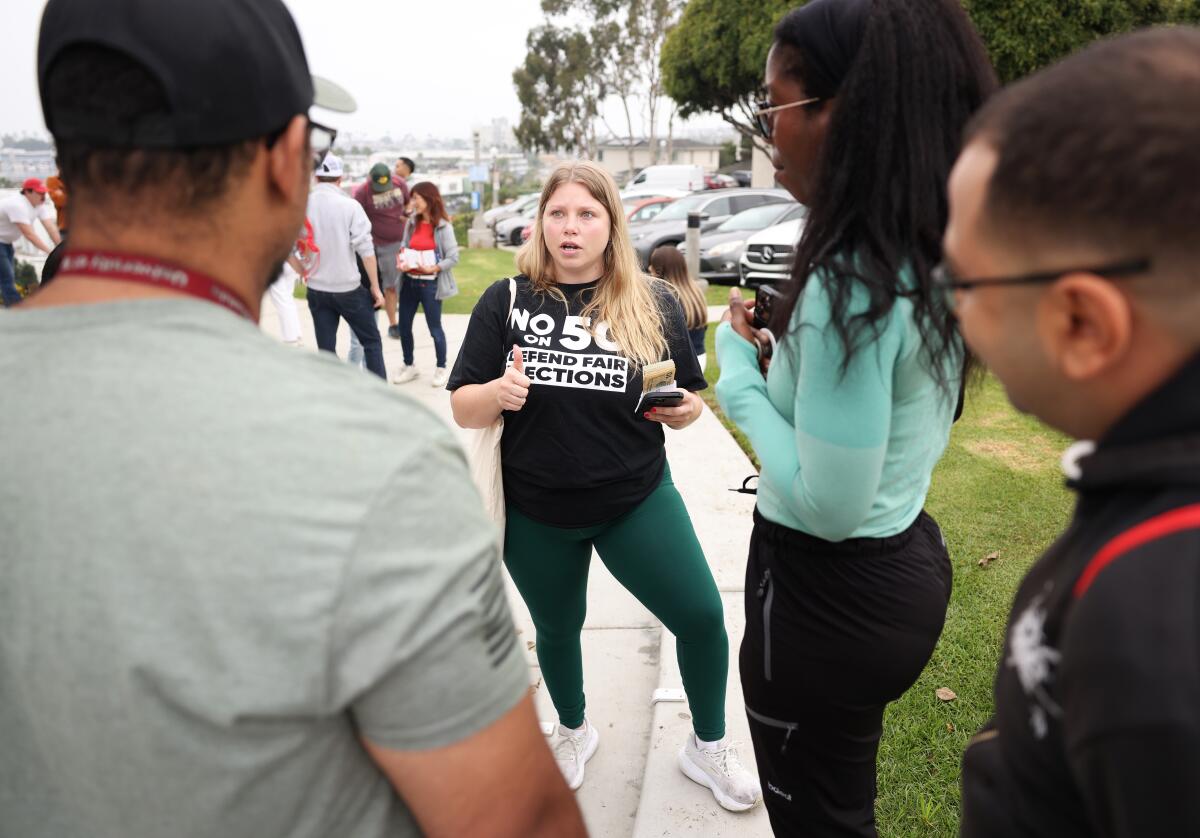The Cinerama Dome closed during the pandemic. Will it reopen soon?
Out of sheer darkness, the Batman logo was emblazoned across the 86-foot-wide screen and dazzled my young eyes.
From Hollywood, I was instantly whisked away to Gotham City. The iconic DC comic book came to life and the booming thuds of the Caped Crusader smashing a pair of common thieves was real.
These were my first vivid memories of watching a movie in the larger-than-life Cinerama Dome on Sunset Boulevard, and being amazed by the screen’s size and the sense of being transported into another galaxy.
But the dome is magical on the outside, as well as the inside. The concrete geodesic dome is made up of 316 individual hexagonal and pentagonal shapes in 16 sizes. Like Grauman’s Chinese Theatre, it’s a structure that has become a Hollywood landmark.
The Dome represented a special place for me, until it became just another of the dozens of businesses in L.A. that never returned after pandemic closures in 2020.
Ever since, there have been rumblings that the Dome would eventually reopen. Although nothing is definitive, my colleague Tracy Brown offered a bit of hope in a recent article.
What’s the latest
Dome Center LLC, the company that owns the property along Sunset Boulevard near Vine Street, filed an application Oct. 28 for a conditional-use permit to sell alcohol for on-site consumption at the Cinerama Dome Theater and adjoining multiplex. The application doesn’t mention an reopening date or any details about movie screenings returning to the dome but suggests that a reopening may be in the works.
Elizabeth Peterson-Gower of Place Weavers Inc., said Dome Center is seeking a new permit that would “allow for the continued sale and dispensing of a full line of alcoholic beverages for on-site consumption in conjunction with the existing Cinerama Dome Theater, 14 auditoriums within the Arclight Cinemas Theater Complex, and restaurant/cafe with two outdoor dining terraces from 7:00 am – 4:00 am, daily,” according to the application filed by the company’s representative.
This would would be a renewal of the current 10-year permit, which expires Nov. 5.
The findings document filed with the City Planning Department also mentions that “when the theater reopens, it will bring additional jobs to Hollywood and reactivate the adjacent streets, increasing safety and once again bringing vibrancy to the surrounding area.”
A representative for Dome Center LLC did not respond immediately Friday to a request for comment.
What happened to the Dome?
The Cinerama Dome opened in 1963 and had been closed since the start of the COVID-19 pandemic in 2020.
Since the closing, the news about the future of the theater has been ambiguous.
In April, 2021, the owner of Pacific Theatres and ArcLight Cinemas announced they would not reopen the beloved theater even after the pandemic ended. But then, in December, sources told The Times that plans were in the works to reopen the Cinerama Dome and the attached theater complex.
In 2022, news that the property owners obtained a liquor license for the renamed “Cinerama Hollywood” fueled hope among the L.A. film-loving community’s that the venue was still on track to return.
But the Cinerama Dome’s doors have remained closed.
Signs of life
At a public hearing regarding the adjacent Blue Note Jazz Club in June, Peterson-Gower reportedly indicated that although there were not yet any definitive plans, the property owners had reached out to her to next discuss the future of the Cinerama Dome.
Perhaps this new permit application is a sign plans are finally coming together.
After the kind of year Los Angeles has endured — with devastating fires and demoralizing immigration raids — it would certainly bolster the spirits of all Angelenos to have another local landmark reopen its doors to welcome movie-loving patrons like me.
Today’s top stories

California Gov. Gavin Newsom speaks as he stands with First Partner Jennifer Siebel Newsom during an election night news conference at a Democratic Party office in Sacramento on Nov. 4, 2025.
(Godofredo A. Vásquez / Associated Press)
Voters approve Prop. 50
After World Series celebration, ICE and Border Patrol gather at Dodger Stadium once again
- Dozens of federal immigration agents were seen staging in a Dodger Stadium parking lot Tuesday morning, a day after the team returned home to celebrate its back-to-back championships with thousands of Angelenos.
- Videos shared with The Times and on TikTok show agents in unmarked vehicles, donning green vests and equipped with white zip ties in parking lot 13.
- Five months ago, protests erupted outside the stadium gates when federal immigration used the parking lot as a processing site for people who had been arrested in a nearby immigration raid.
Sen. Alex Padilla says he won’t run for California governor
- “It is with a full heart and even more commitment than ever that I am choosing to not run for governor of California next year,” Padilla told reporters outside his Senate office in Washington.
- Padilla instead said he will focus on countering President Trump’s agenda in Congress, where Democrats are currently in the minority in both the House and Senate, but hope to regain some political clout after the 2026 midterm elections.
What else is going on
Commentary and opinions
This morning’s must-read
For your downtime

A view of landscaping at the home of Susan Gottleib and her Gottleib Native Garden in Beverly Hills.
(Allen J. Schaben / Los Angeles Times)
Going out
Staying in
A question for you: What’s the best hiking trail in SoCal?
Alexandra writes: “Sullivan Canyon, for sure.”
Rochelle writes: “Can’t ever go wrong in Griffith Park, but for overall exercise, killer views, artifacts, and entertainment without wearing yourself out, my hiking partner and I like the Solstice Canyon Loop in Malibu, 3.4 miles. The most popular hike in the canyon, for good reason!”
Email us at [email protected], and your response might appear in the newsletter this week.
And finally … your photo of the day

Joe Rinaudo hopes to host tours and educational opportunities at his home theater and museum through a nonprofit group dedicated to preserving photoplayers.
(Jason Armond / Los Angeles Times)
Today’s great photo is from Times photographer Jason Armond at the home of Joe Rinaudo, the foremost expert on photoplayers, who is preserving the soundtrack to a bygone movie era.
Have a great day, from the Essential California team
Jim Rainey, staff reporter
Hugo Martín, assistant editor, fast break desk
Kevinisha Walker, multiplatform editor
Andrew Campa, Sunday writer
Karim Doumar, head of newsletters
How can we make this newsletter more useful? Send comments to [email protected]. Check our top stories, topics and the latest articles on latimes.com.

